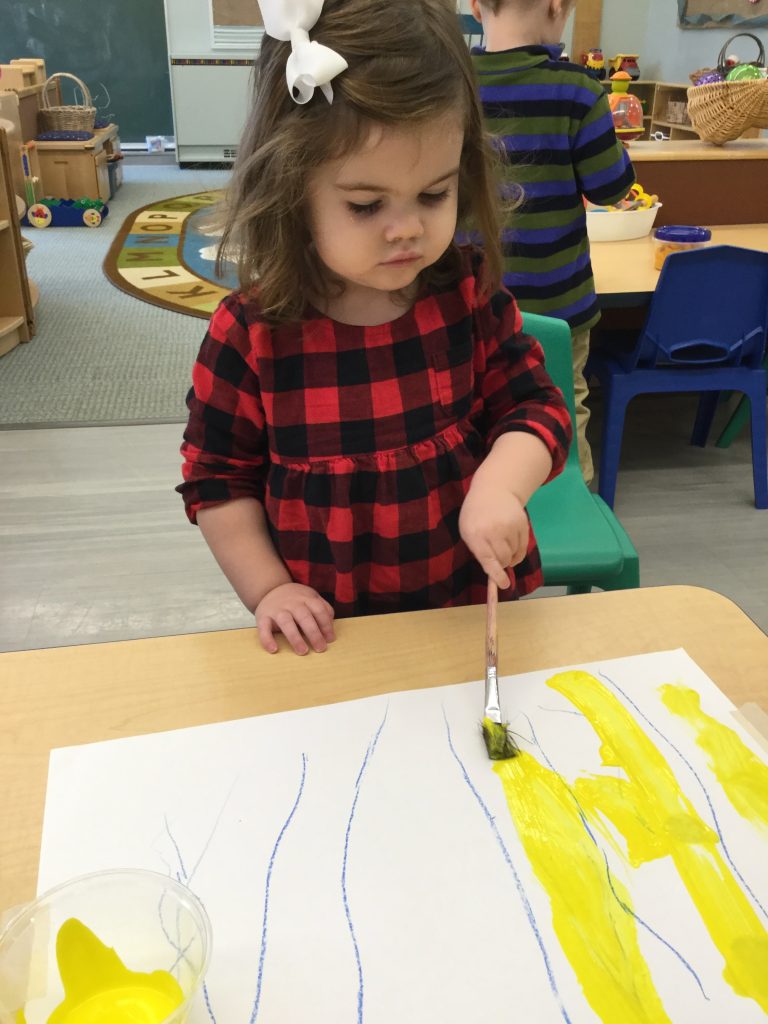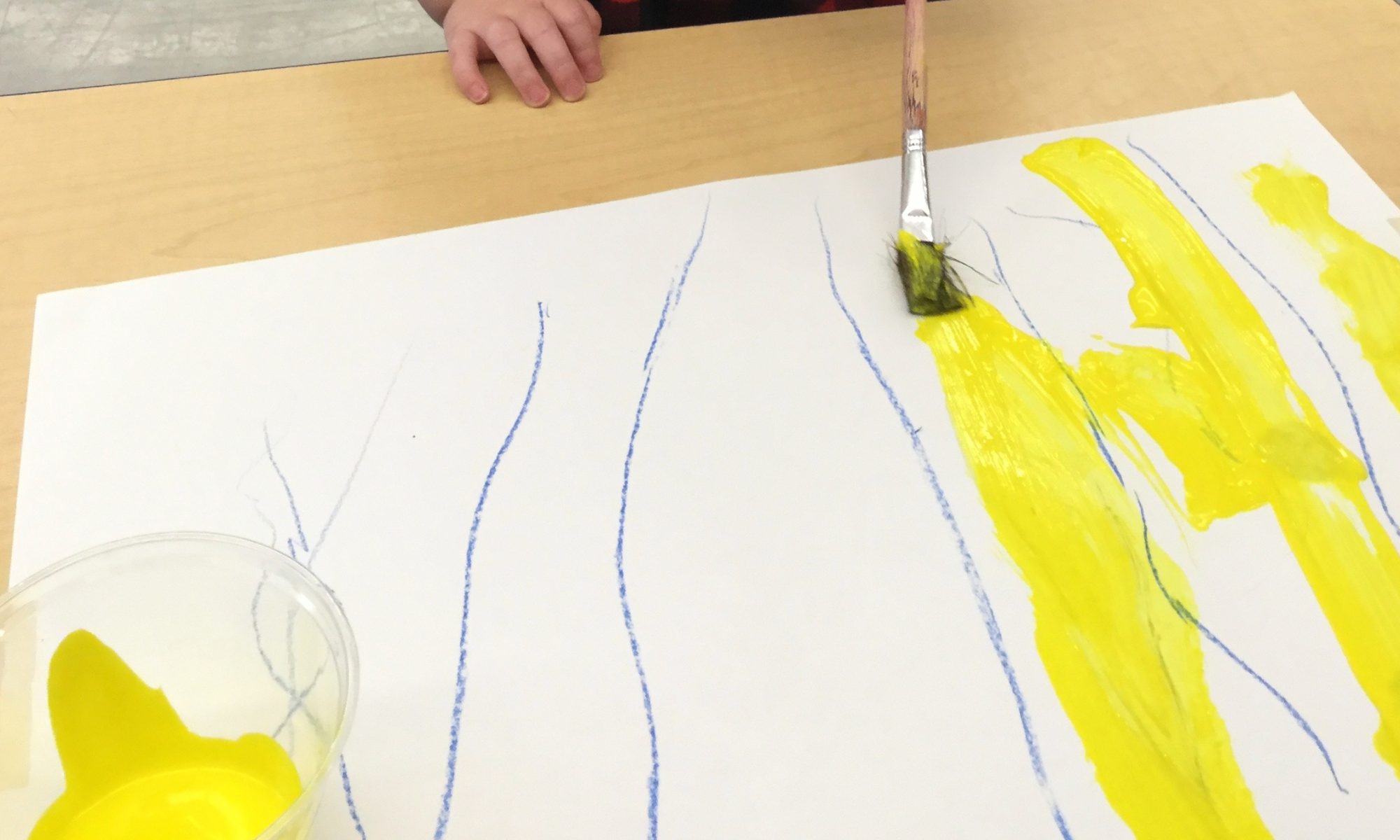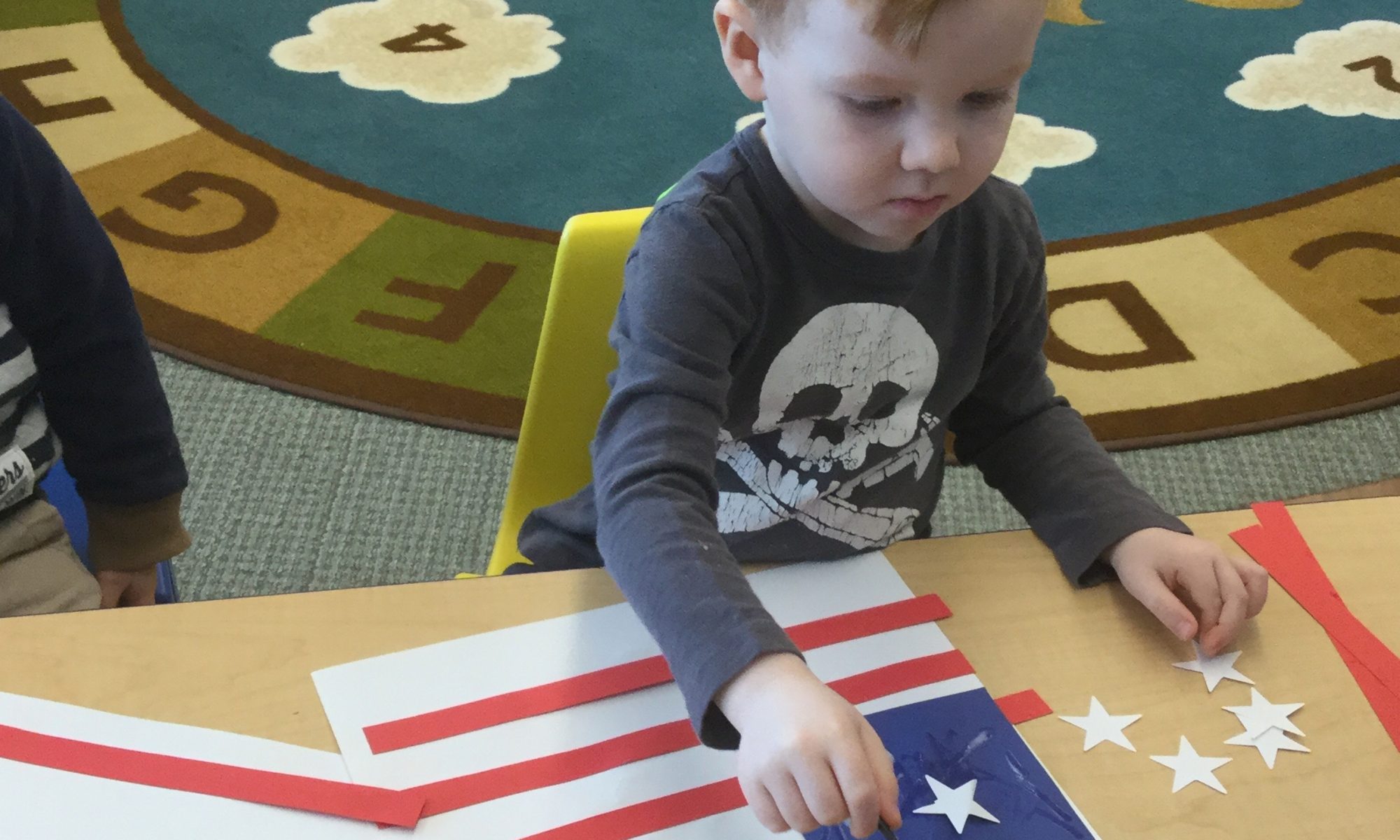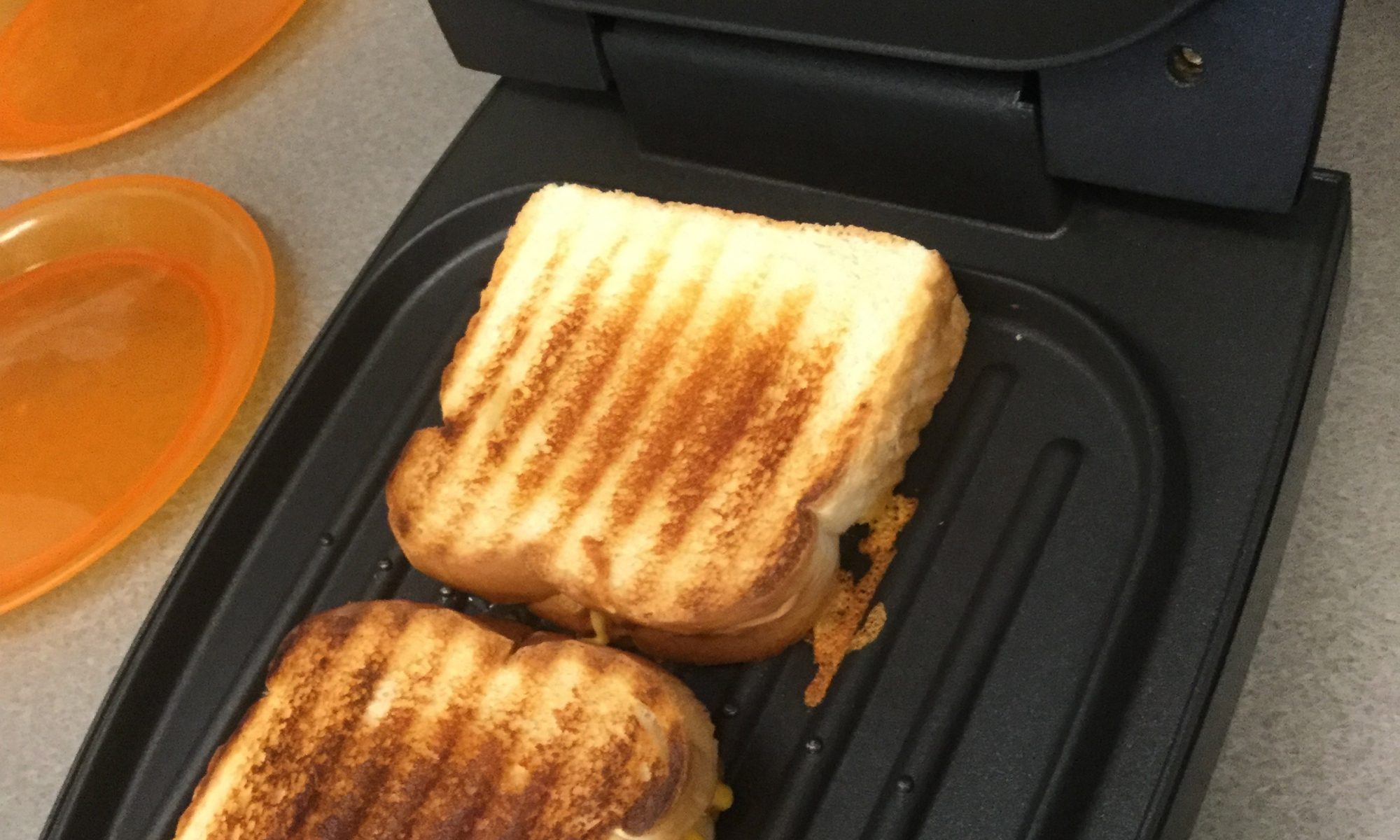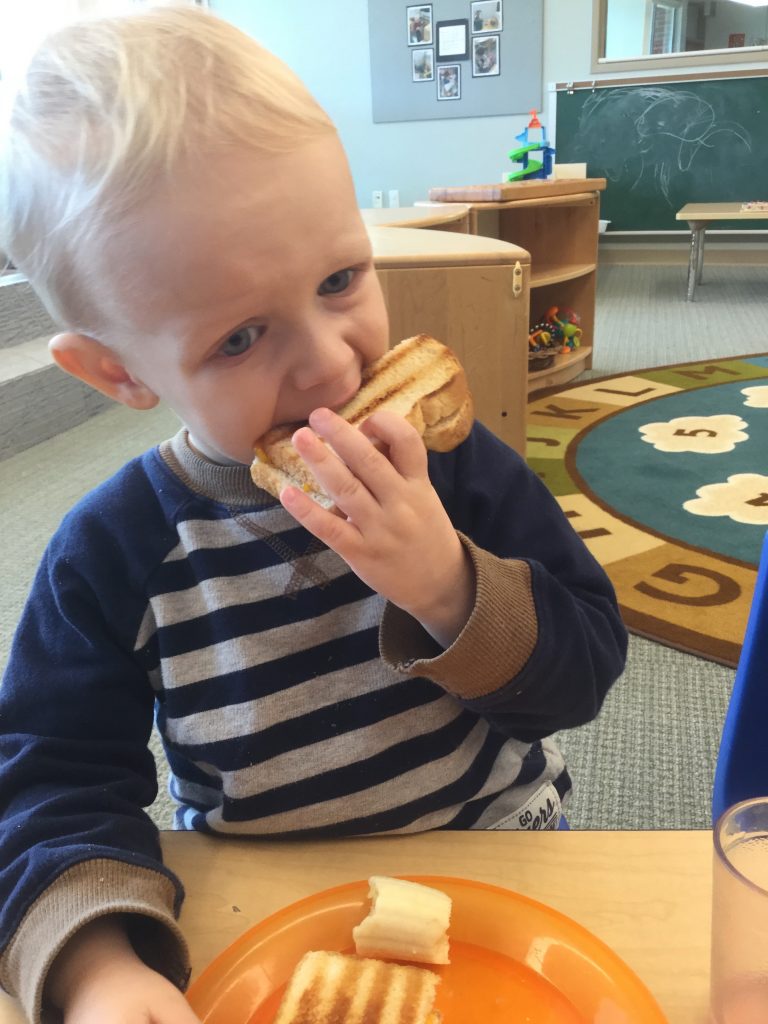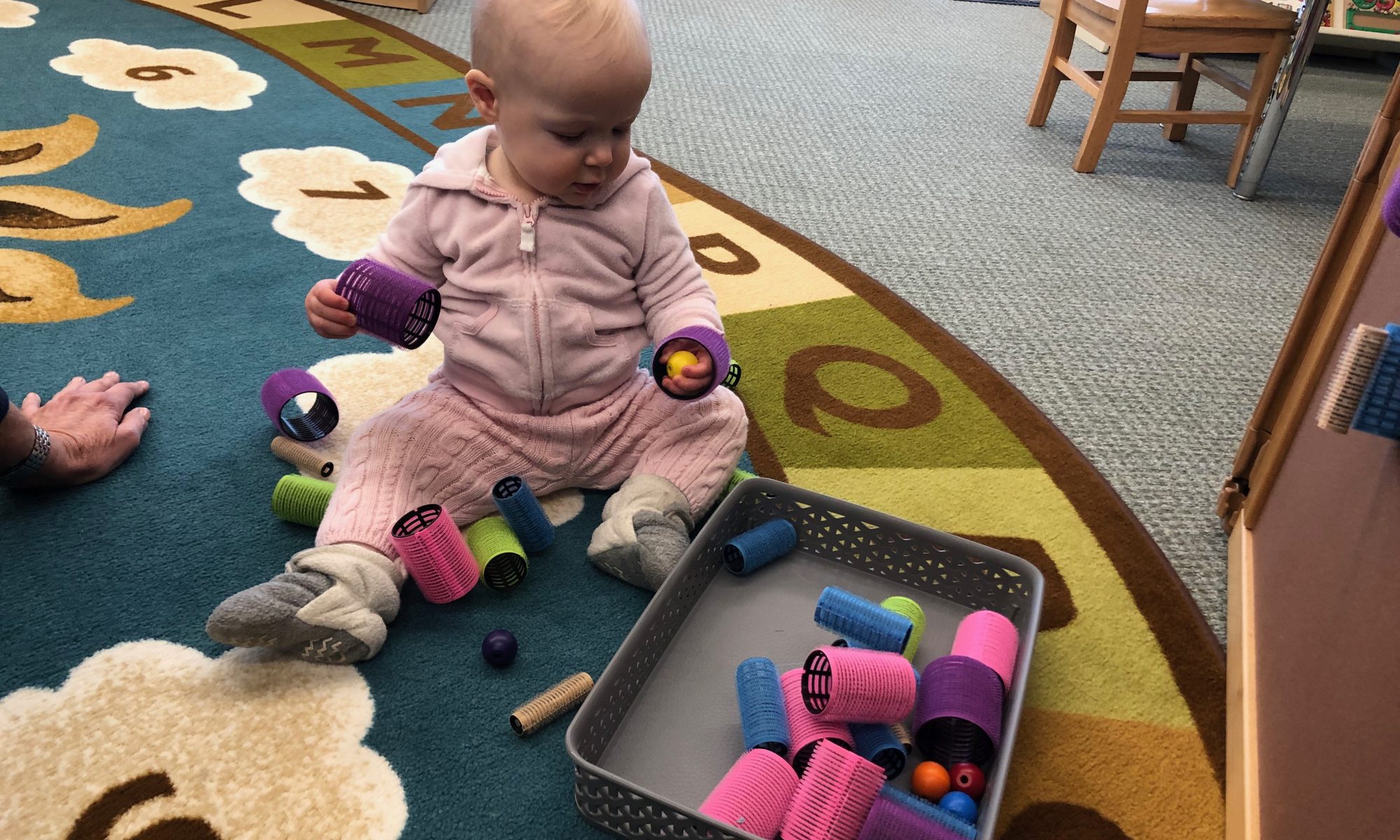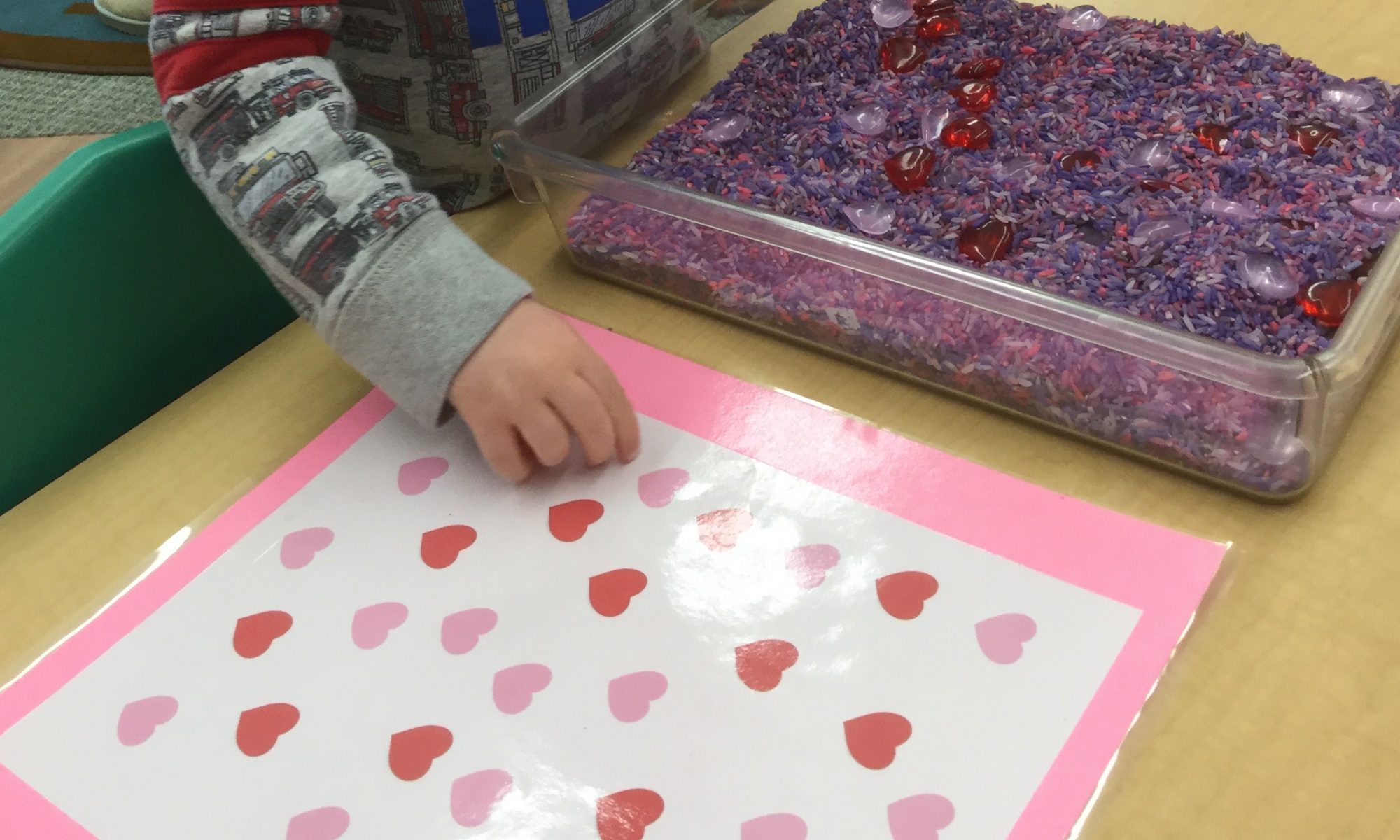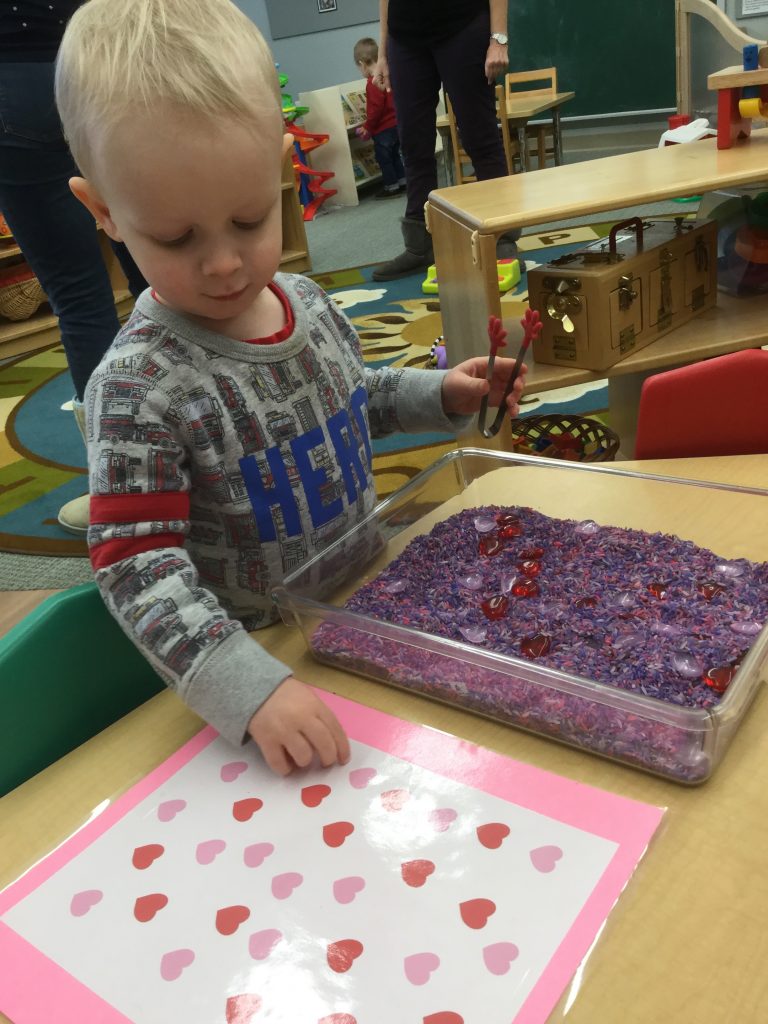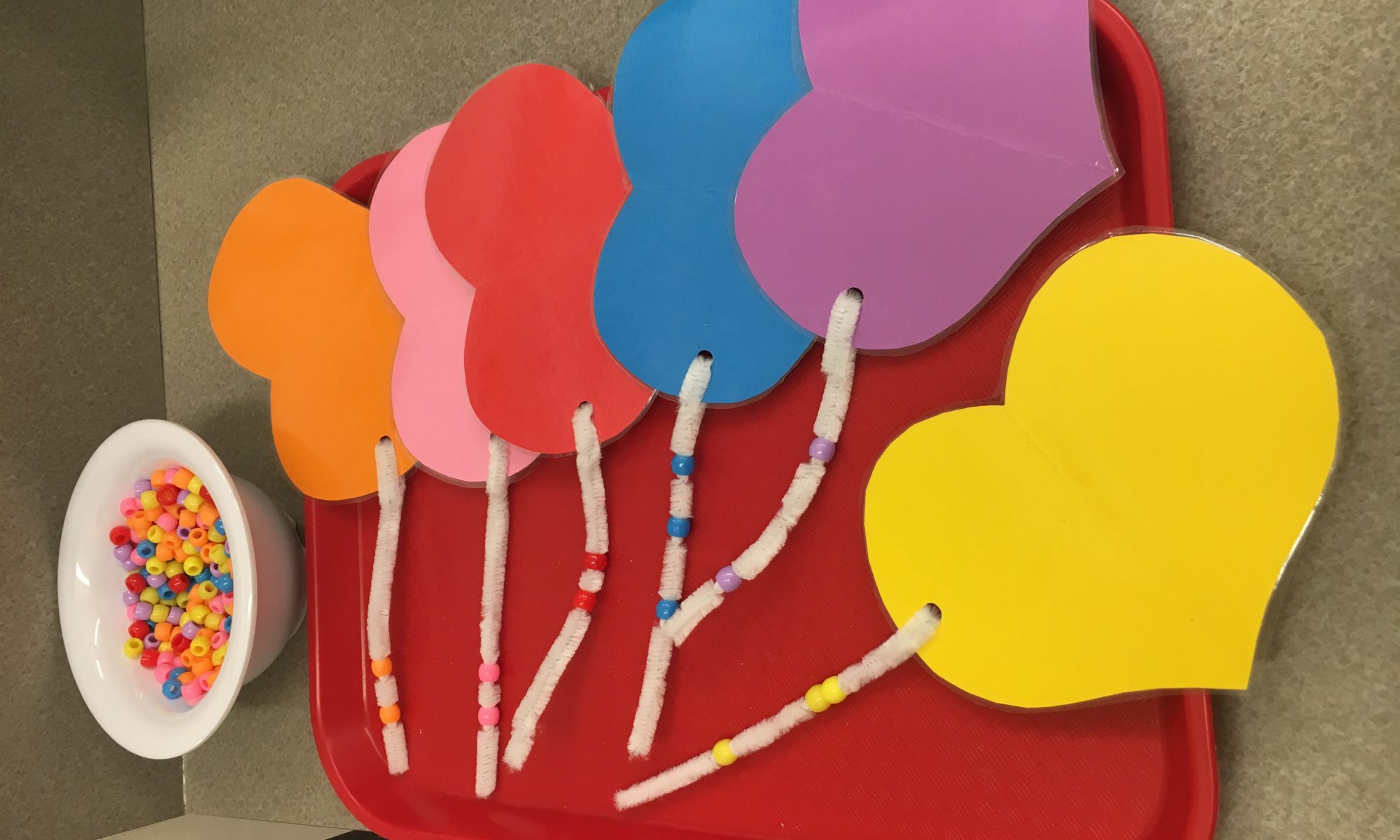The highest goal of parents is to impart strong values and morals in their children. Nothing makes parents happier than to see their children demonstrate unselfishness, honesty, courage, responsibility, or wisdom. Parents have a better opportunity than anyone else to influence the values of their children. The ways to do this have been a subject of research and are a current interest of many.
Here are some questions that can help us in our search for ways to best communicate and teach our values to our children.
• What qualities do we value? A good place to start is to make a list of those qualities we most want to see manifested in our children’s experience and our own. In addition to the aforementioned qualities, we might want to include obedience, self-control, patience, kindness, independence, perseverance, humility, and others. Lists will vary according to what qualities we value the most.
• What quality do I want to work on this week? The best way to teach values is to exemplify them. It’s easiest to focus on them one-at-a-time for ourselves as well as in our work with our children. We can choose one quality to work on for a week or a month and write that quality on a piece of paper. Then, we need to post the quality where we will be reminded of it as we go about our day — on the mirror in the bathroom, on the refrigerator; or perhaps, if we’re on the go, in the car or in our pocket or purse.
As an example, let’s consider the quality of “self-control”. We write “self-control” on a piece of paper or Post-it note and then we place it where it will be seen. [Throughout the article, italics will be used to help illustrate the questions using the quality of self-control.]
• What evidence do we have of the spiritual source and presence of these qualities? Let’s think of times when we have felt the presence of the qualities we value. When have we felt impelled to be honest or generous? When have we seen our children naturally express order, affection, or the quality-of-the-week (self-control)? How does a person we admire express the quality? What can we do to live more of this quality? As we see the spiritual source of these qualities, we’ll see that they are already present, not lacking. We’ll be able to say to ourselves and our children, “You have control. You can express it.”
• What Bible stories, verses, stories of heroes, or other narratives illustrate the qualities we value? Children love stories, and telling them stories that bring out ways to express the qualities we value is a good way to teach. Stories of our own childhood, or of other relatives’ lives, will be especially enjoyed. You can tell Bible stories to illustrate self-control. Daniel must have had self-control when he was thrown into the den of lions (Daniel, Chapter 6). Jesus exhibited control when he stooped and wrote on the ground after the Jews, hoping to entrap him, brought him a woman they had caught “doing the wrong thing” (John 8). Use words that children understand and can relate to their own experience. There’s no need to use words that introduce evil concepts they’re not yet ready to perceive.
In addition to finding a story that illustrates the value you are teaching, you can make one up using ideas your child can relate to. As a present-day parable, it can meet your children right where their thought is. You can tell a story, or act one out with puppets, about a child who has had experiences similar to those of your child and who works them out in a positive way. For example, you could tell a story about a child who gets upset because she doesn’t want to put on a coat when instructed to do so by her mother. In the story she can regain control, put on the coat, and discover that she’s happier expressing self-control and obedience because it’s very cold outside.
• What are some ways to extinguish opposing tendencies or beliefs? It helps for us to get rid of so-called reasons why we or our children can’t express certain desired qualities. For instance, we should rule out any thought that heredity could influence qualities that are God-given. We can also keep beliefs of personality types or expediency from being excuses for limiting virtues. In addition, we can think through how we will act when a similar situation comes up again. What can we do or say the next time we have the opportunity to assert our self-control? We can help our children prepare their thought for what they might do or say the next time they feel they are losing control.
• What are some ways of practicing, or helping our children to practice, the traits we value? We can look for opportunities throughout the day to express the quality we value. We can even set the stage for such practice. For instance, if we are working with our children to express the qualities of caring, sharing, or cooperation, we can support them by inviting friends over for play dates and helping them plan how they will share their toys or snacks.
They can also act out ways to express the quality of the week. Puppets can be used to help establish the desired virtue. After we give examples of working through situations where self-control is needed and then used, our children can act out a situation showing how they can use their self-control. A puppet can be the child losing his temper and then regaining it. The puppet can also play the part of the parent.
If you lose your temper in a situation, it’s helpful to sit down for a moment, be quiet, and affirm to yourself that God is in control. Then you can go back and replay the scene or apologize, if needed. This is a good example that lets your children know what to do when they “lose it.” You can give them the opportunity to regain control in their room, on their bed, or sitting on a chair, and then to replay the scene.
• Catch the quality being expressed! It is far better to catch a child expressing a desirable quality than to remind him or her that a quality is being neglected! Let’s gratefully acknowledge our own progress as we utilize the values we’re striving for. The idea is to help our children and ourselves see that we can and do have these qualities to express, and we can bring them to the fore in our experience with delightful results.
